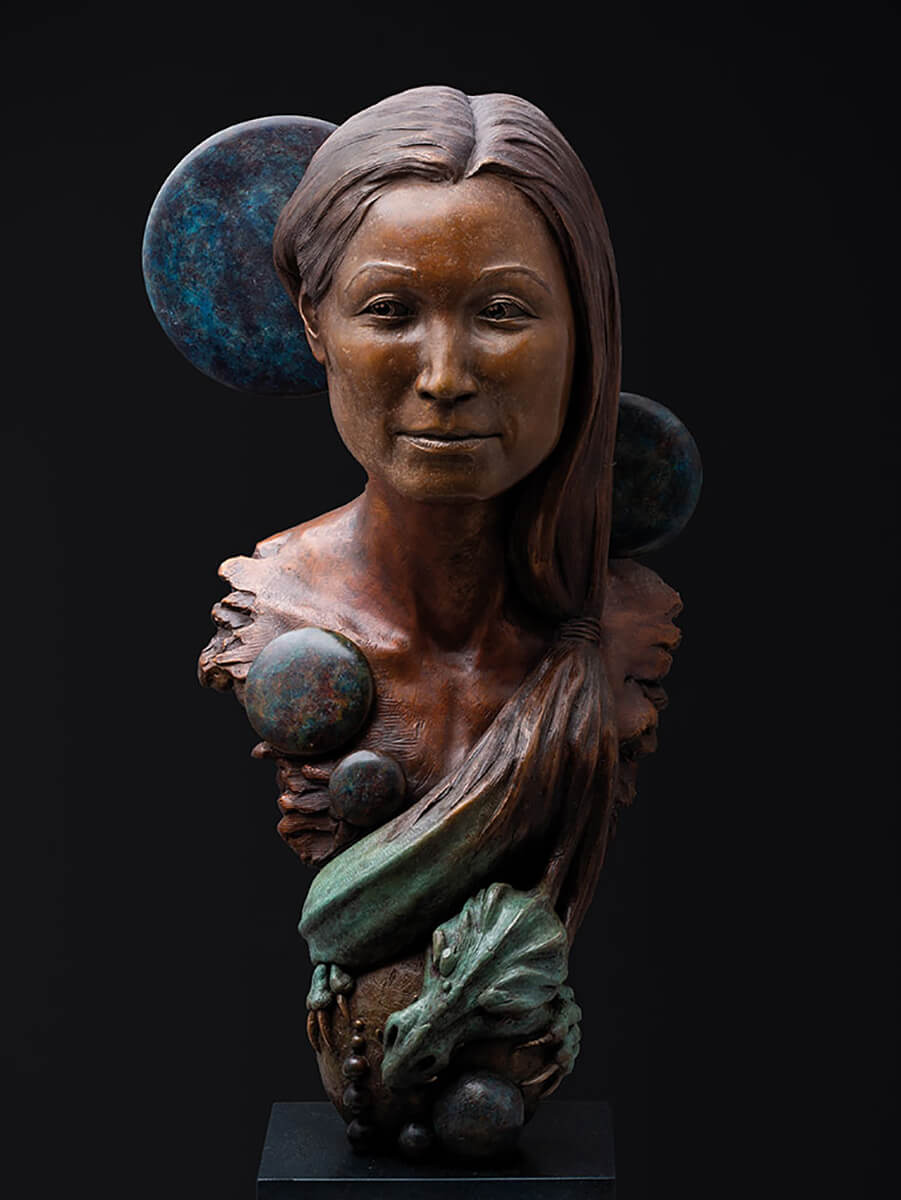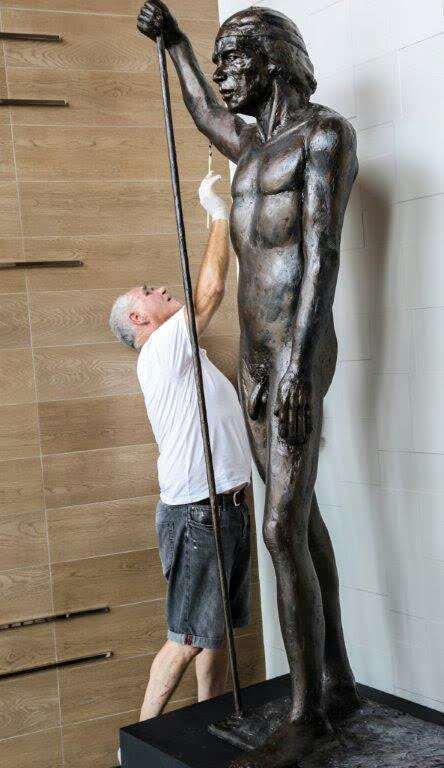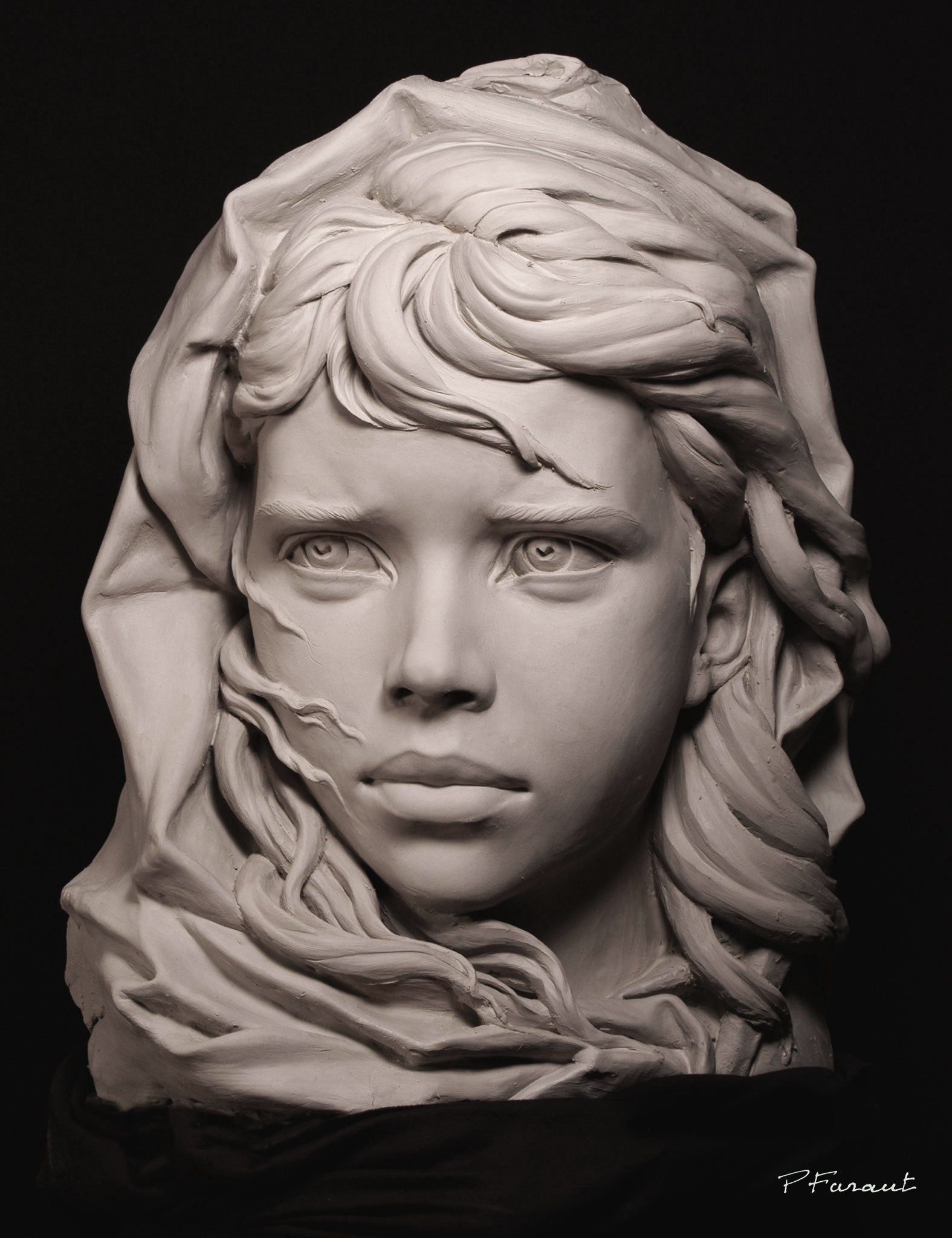Artistic Evolution: From Classic to Modern with Bronze Sculptures
Shaping the Human Kind: Representations of the Body in Sculpture
Sculpting the Human Form: Representations of the Body in Sculpture is a detailed expedition of the creative depiction of the human body throughout background. From the charming marble sculptures of old Greece to the intricate work of arts of the Renaissance, from the flamboyant and luxuriant Baroque and Rococo sculptures to the progressive and abstract expressions of modern and modern sculpture, this event supplies a fascinating journey with the development of this classic art form.
Old Greek Sculptures

One of the specifying features of Old Greek sculptures is their emphasis on symmetry. Each part of the body is meticulously crafted to be in proportion to the entire, producing a sense of balance and consistency. The carvers paid careful focus to every detail, from the placement of muscular tissues to the positioning of limbs, making certain that each number appeared both effective and graceful.
Rather than depicting the imperfections and defects of the human kind, they sought to create an idealized version of reality. The sculptures commonly portrayed goddesses, gods, and professional athletes, with their bodies shaped to perfection.
Renaissance Masterpieces
Proceeding the exploration of the portrayal of the human type in sculpture, Renaissance masterpieces better improve the idealized idea of appeal, building upon the in proportion and unified percentages of their Old Greek predecessors. During the Renaissance period, which covered from the 14th to the 17th century in Europe, musicians sought to revive the classical perfects of ancient Greece and Rome. They studied and mimicked the works of the old masters, aiming for a sensible depiction of the human body.
Among the most renowned Renaissance carvers was Michelangelo Buonarroti. His work of art, the sculpture of David, exemplifies the perfection and elegance that came to be associated with Renaissance art. Standing at over 17 feet high, the sculpture represents the scriptural hero in a state of calmness prior to his fight with Goliath. David's muscular physique, recorded with exceptional detail, exposes the artist's mastery of human anatomy.
Another remarkable Renaissance artist was Donatello. His sculpture of Saint George, created in the very early 15th century, showcases the musician's capability to communicate toughness and the aristocracy via the human type. The sculpture illustrates the epic dragon-slaying saint in a positioned and confident position, showing a feeling of heroism.
Renaissance masterpieces not only commemorated the physical beauty of the human body but also communicated deeper meanings and emotions. Via their precise focus to detail and knowledgeable workmanship, Renaissance artists raised the art of sculpture to new heights, leaving an enduring heritage that remains to motivate artists to this particular day.
Rococo and baroque Sculpture
Rococo and baroque sculpture exhibits the elaborate and lavish representation of the human kind during the 17th and 18th centuries. Musicians such as Gian Lorenzo Bernini and Alessandro Algardi produced sculptures that conveyed motion, commonly portraying figures in significant positions.
Rococo sculpture, on the various other hand, arised as a reaction to the grandiosity of the Baroque period. They usually portrayed numbers in elegant and sensuous presents, showing the laid-back and whimsical nature of the Rococo design.
Both Baroque and Rococo sculpture positioned a great focus on the human kind, celebrating its beauty and sharing a series of emotions - Bronze Sculptures. Whether it was the powerful and dynamic numbers of the Baroque or the elegant and captivating numbers of the Rococo, these sculptures Recommended Reading recorded the significance of the human experience, leaving a long-term influence on the art world
Modern and Contemporary Sculpture
The evolution of forming the human type proceeds in modern and contemporary sculpture. Modern sculpture emerged in the late 19th century as a feedback to the changing political and social landscape.
In the 20th century, the increase of abstraction and theoretical art brought new opportunities for sculptors. Musicians like Henry Moore and Barbara Hepworth discovered the connection between type and area, creating natural and abstracted numbers that tested traditional ideas of depiction. Moore's monumental bronze sculptures and Hepworth's sculpted rock jobs are commemorated for their cutting-edge use of materials and their ability to evoke a feeling of the human body in a non-literal means.
Contemporary sculpture proceeds to press the limits of depiction and check out new materials and techniques. Musicians like Antony Gormley and Ron Mueck develop hyper-realistic sculptures that test our assumption of the human body, while others, such as Louise Bourgeois and Kiki Smith, utilize the body as an allegory for cumulative and individual experiences. The human form continues to be a powerful topic in sculpture, supplying a system for artists to explore identification, feeling, and the human condition.
Social Viewpoints on the Human Body

In the expedition of sculpting the human form, the assessment of social viewpoints on the body discloses a varied and abundant tapestry of interpretations and depictions. Throughout history, different cultures have actually held special beliefs and worths relating to the body, resulting in unique artistic expressions - Robert C Hitchcock Sculptor. These cultural point of views shape the method the human body is depicted and perceived in sculpture, reflecting societal standards, religions, and aesthetic ideals
For instance, old Greek sculptures commemorated the idyllic human form, stressing physical charm and athleticism. In contrast, old Egyptian sculptures focused on the conservation of the body in the afterlife, illustrating figures with inflexible poses and idyllic features.
Similarly, cultural viewpoints on the human body in African art often stress communal identification and spiritual ideas (Portrait Sculptor). Sculptures from numerous African cultures depict the human body with exaggerated attributes, symbolizing cultural worths and ancestral links. Native cultures in the Americas also have special point of views on the human body, typically depicting it in a spiritual context and emphasizing the connection between humans and nature
The assessment of social perspectives on the human body in sculpture permits us to acquire understanding into the worths, ideas, and appearances of various cultures throughout background. It highlights the diversity of human experiences and the methods in which art shows and shapes our understanding of the human kind.

Conclusion
In final thought, the portrayal of the human body in sculpture has actually developed gradually, showing various artistic movements and cultural viewpoints. From the idyllic figures of Old Greek sculptures to the practical and stirring Renaissance work of arts, and the detailed details of Baroque and Rococo sculptures, to the abstract and speculative forms of modern and contemporary sculpture. The human body has been a subject of fascination and artistic expedition throughout history, showcasing the varied analyses and expressions of the human form.
Sculpting the Human Kind: Representations of the Body in Sculpture is a comprehensive exploration of the artistic representation of the human body throughout background. From the charming marble sculptures of ancient Greece to the detailed masterpieces of the Renaissance, from the luxuriant and flamboyant Baroque and Rococo sculptures to the progressive and abstract expressions of modern and contemporary sculpture, this exhibit supplies a captivating journey via the development of this ageless art kind. Musicians like Antony Gormley and Ron Mueck produce hyper-realistic sculptures that test our understanding of the human body, while others, such as Louise Bourgeois and Kiki Smith, make use of the body as a metaphor for collective and personal experiences. The human type remains an effective topic in sculpture, giving a system for artists to explore identity, feeling, and the human problem.
From the idealized numbers of Ancient Greek sculptures to the emotive and sensible Renaissance masterpieces, and the complex information of Baroque and Rococo sculptures, to the abstract and experimental forms of modern and modern sculpture.